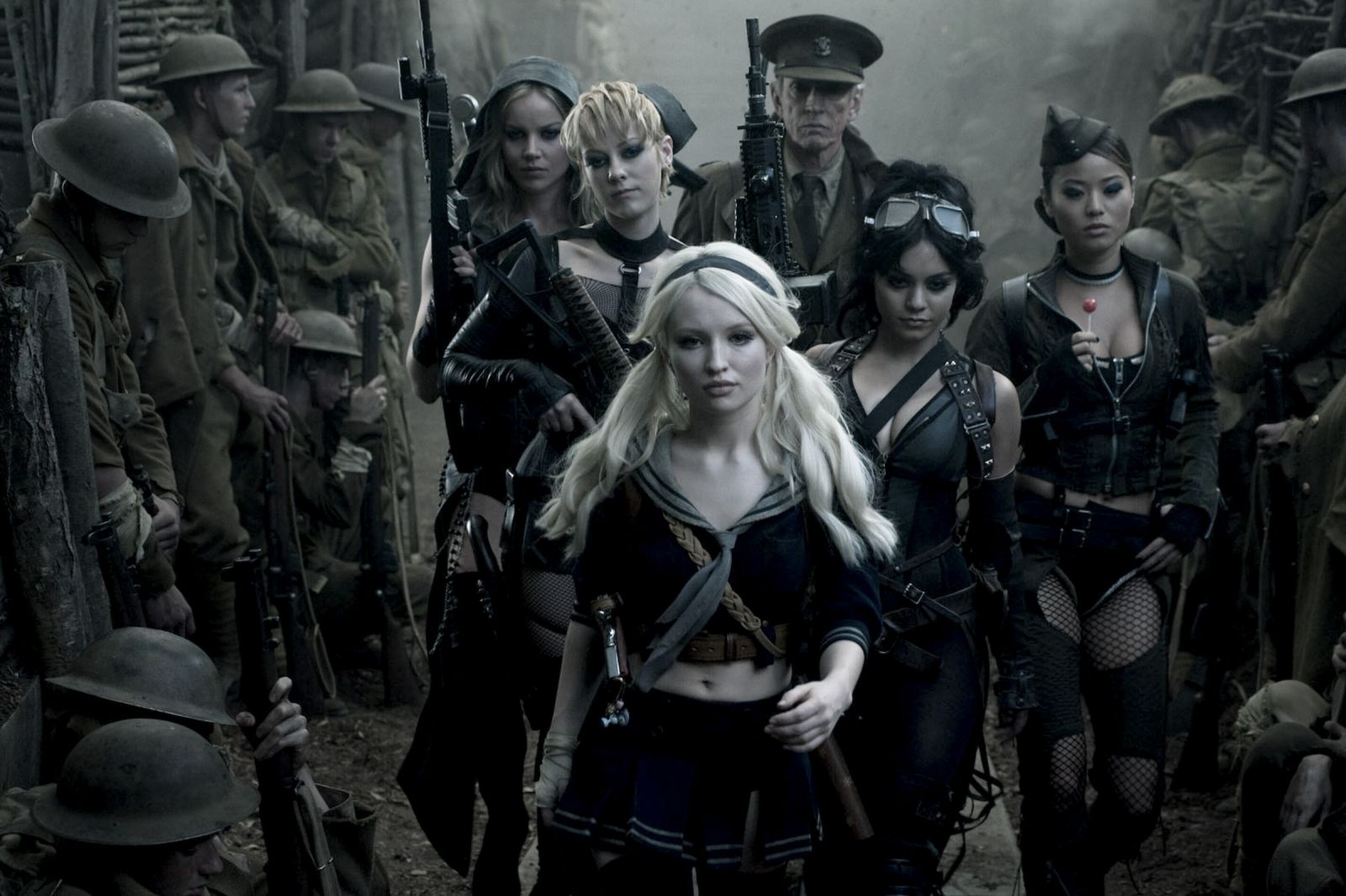When Zack Snyder unveiled the trailer for “Sucker Punch,” his first original film, at Comic-Con last summer, eager fans were on board with his rendition of girl power and curious about the themes the film would explore, even if others were rolling their eyes. In “Sucker Punch” you can count on Snyder’s beautiful attention to visual and auditory details, which were responsible for the bold pop-art feel of his graphic novel adaptations of “300” and “Watchmen.” Usually, scenes in his movies can easily go by with little dialogue, because the artistic and stunning visuals provide sufficient characterization and plot. In “Sucker Punch,” that doesn’t cut it.
When the movie opens, a curtain is drawn as if on a stage, and Baby Doll (Emily Browning) experiences a tragedy that lands her in Lennox House for the Mentally Insane somewhere in Vermont. There she meets the other imprisoned girls, sisters Sweet Pea (Abbie Cornish) and Rocket (Jena Malone), Blondie (Vanessa Hudgens) and Amber (Jamie Chung).
Baby Doll, who is scheduled for a lobotomy in five days, devises a plan for her and the girls to escape from the asylum. The figure of the wise man (Scott Glenn) in her imagination tells her she must collect five ingredients to help her escape. This is much too absolute a way to define freedom. For this reason, the film becomes predictable and formulaic once the viewer has figured out its structure.
Snyder has said in interviews that he was attempting to invert gender stereotypes by allowing the characters to use their sexuality as a weapon. Although this does happen, the girls spend the entire movie in fake eyelashes, fishnet tights and lingerie. It is completely unrealistic that they could run in their heels, let alone engage dozens of Nazis in combat.
Snyder attempts to structure the switch between different worlds by paralleling them, but it fractures the film and takes away time that could have been spent on characterization. The fight scenes are random and difficult to contextualize. The villains, although visually fresh, are archetypal and unoriginal ““ robots, samurais and dragons. Even though I was willing to suspend my imagination (as it is, after all, Baby Doll’s mind), the film does not harmoniously balance fantasy and reality, nor the asylum and Baby Doll’s imagination.
I would have preferred to learn more about the girls and their backgrounds. The film’s five actresses have said in interviews that they instantly bonded when they were put through mentally and physically exhausting training with Navy Seals to prepare for the film. They felt united as a team, and described “Sucker Punch” as a life changing experience. Thus, one would expect to see incredible chemistry between them in the film. Instead, the scenes in which they discuss their plans to escape feel silly and almost always end in tears.
The aura of theater that operates within the film could have potentially raised interesting questions about performance and how we choose to control our actions and mind. Snyder’s inclusion of a voice-over narrator at the beginning and end of the film made it clear that he was attempting to deliver an inspiring message.
However, what could have been an empowering allegorical tale about freedom is ultimately superficial and too literal despite its many layers, ironically leaving nothing to the imagination. The girls do not end up gaining any more agency than they started with, remaining victims with little control over their fate. After rooting for Snyder and his original attempt, it is disappointing to have to face that another film hoping to prove that women can kick butt has failed.
